-
KOSPI 2577.27 -2.21 -0.09%
-
KOSDAQ 722.52 -7.07 -0.97%
-
KOSPI200 341.49 +0.02 +0.01%
-
USD/KRW 1396 -2.00 0.14%
Samsung, SK Hynix to benefit from Intel’s Sapphire Rapids CPU
Korean chipmakers
Samsung, SK Hynix to benefit from Intel’s Sapphire Rapids CPU
The world’s two largest memory chipmakers bet on their advanced DDR5 DRAM chips for a quick chip market recovery
By
Jan 11, 2023 (Gmt+09:00)
2
Min read
News+
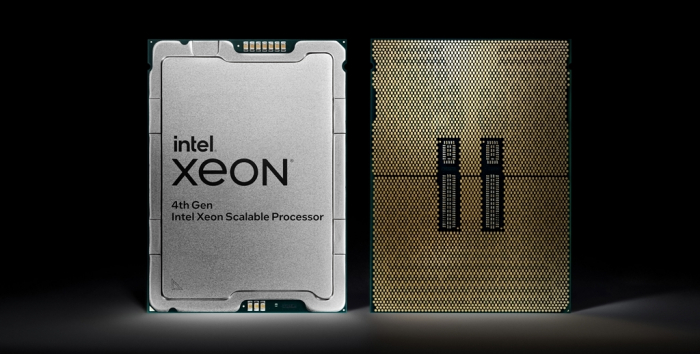
The much-awaited launch of Intel Corp.’s latest processors dubbed Sapphire Rapids is a boon for leading memory chipmakers such as Samsung Electronics Co. and SK Hynix Inc., which hope to revive the sluggish market with powerful chips, analysts said.
The US tech giant’s fourth-generation Xeon scalable CPUs for servers will particularly revitalize the market for advanced DRAM chips called double data rate 5 (DDR5), industry watchers said.
After years of delays, Intel on Wednesday unveiled a family of Sapphire Rapids CPUs optimized for high-performance, low-latency network and edge workloads.
Compared with the third-generation processors, the new CPUs offer an efficiency improvement of 2.9 times average performance per watt, and a 53% improvement in general-purpose computing, Intel said.
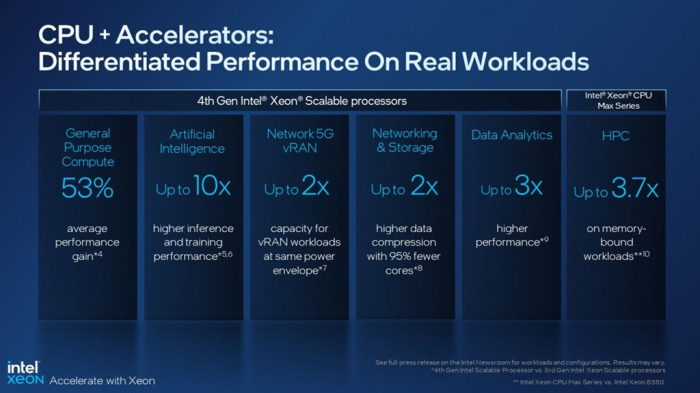
Sapphire Rapids also brings a host of new connectivity technologies, supporting PCle 5.0, DDR5 memory and the CXL 1.1 interface, it said.
Intel, which controls more than 90% of the global CPU market, is expected to whet the appetite for premium DRAM chips from Big Tech firms such as Meta, Google, Amazon and Microsoft, which run cloud and data centers.
Market research firm Omdia expects servers equipped with Intel’s Sapphire Rapids chips to be available as early as the second quarter.
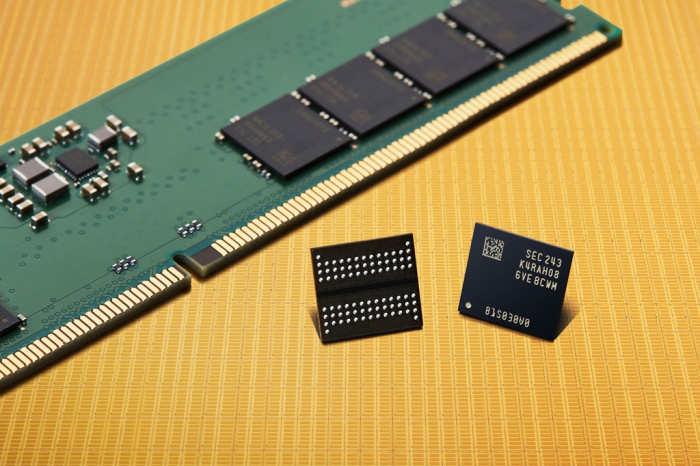
SAMSUNG, SK HYNIX PIN HIGH HOPES ON SAPPHIRE RAPIDS
Samsung and SK Hynix, the world’s two largest memory chipmakers, have said the launch of Intel’s Sapphire Rapids CPUs will facilitate recovery of the global DRAM market, led by growing demand for DDR5 chips.
DDR5 is the next-generation DRAM chip, boasting faster speed and higher density with reduced power consumption compared to DDR4 chips. The latest memory is suitable for data-intensive supercomputing, artificial intelligence and machine learning applications.
In December, Samsung unveiled DDR5 chips made with a 12-nanometer process node, the industry’s first to do so.
The 12 nm process technology improves power efficiency by consuming 23% less power than the previous DRAM model, according to Samsung.
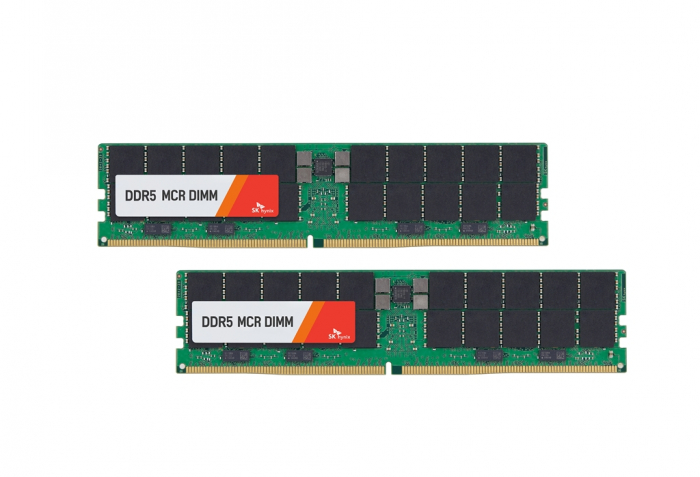
Samsung said it proved the performance of its 16-gigabit DDR5 DRAM built with the 12 nm-class process tech through a compatibility test with CPU maker Advanced Micro Devices Co.
Samsung plans to begin mass production of the 12 nm DDR5 DRAM sometime this year, targeting high-performance computing (HPC), data centers and artificial intelligence (AI) applications.
Samsung’s crosstown rival SK Hynix is also preparing to supply its DDR5 server chips to its clients.
SK Hynix said in early December that it is closely working with Intel and Japan’s Renesas to deliver working samples.
With the launch of Sapphire Rapids CPUs, demand for DDR5 memory chips will increase rapidly over the coming years, accounting for about 40.5% of the entire DRAM market by 2025, Omdia said.
Write to Jeong-Soo Hwang at hjs@hankyung.com
In-Soo Nam edited this article.
More To Read
-
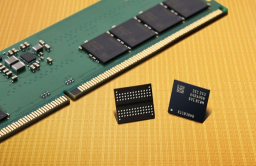 Korean chipmakersSamsung unveils industry’s first 12 nm DRAM, compatible with AMD
Korean chipmakersSamsung unveils industry’s first 12 nm DRAM, compatible with AMDDec 21, 2022 (Gmt+09:00)
-
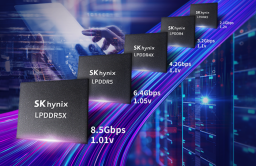 Korean chipmakersSK Hynix starts shipping low-power, high-efficiency LPDDR5X chips
Korean chipmakersSK Hynix starts shipping low-power, high-efficiency LPDDR5X chipsNov 09, 2022 (Gmt+09:00)
-
 Korean chipmakersSamsung, Qualcomm unveil industry’s fastest LPDDR5X DRAM chip
Korean chipmakersSamsung, Qualcomm unveil industry’s fastest LPDDR5X DRAM chipOct 18, 2022 (Gmt+09:00)
-
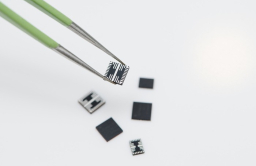 Korean chipmakersMicron’s entry into DDR5 market: A boon for Samsung, SK Hynix
Korean chipmakersMicron’s entry into DDR5 market: A boon for Samsung, SK HynixAug 30, 2022 (Gmt+09:00)


